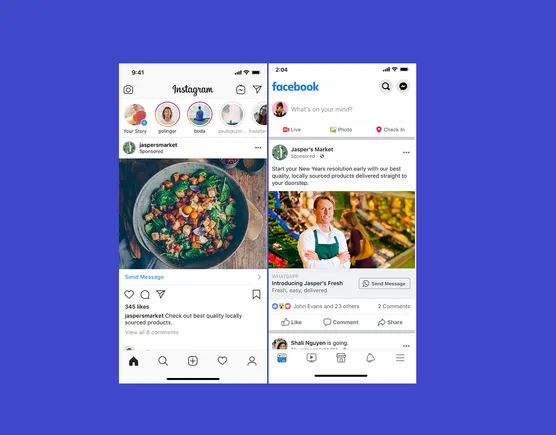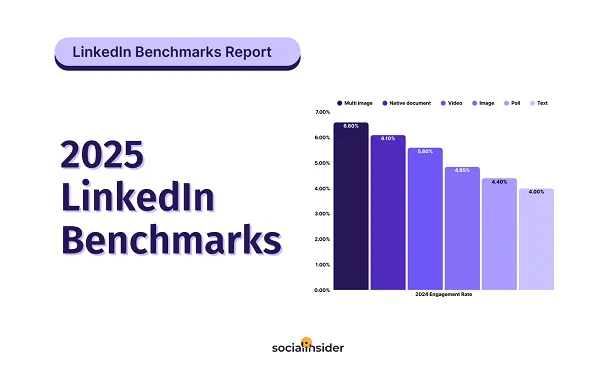The number of smartphone users globally is forecast to hit 7.7 billion by 2027, with each device providing another potential touchpoint for businesses to engage with customers.
A cross-device approach should create a seamless experience, recognizing that consumers increasingly use multiple devices and want to access services on their own terms. Because of this, mobile-optimized websites and apps are crucial for customer experience in marketing and sales strategies.
Why choose apps over mobile-optimized web content?
Any brand on the fence about developing an app must consider the value it brings. Done well, apps deliver a faster, more connected, highly personalized customer experience while allowing businesses to collect valuable data.
Apps tend to convert a higher proportion of traffic, industry research shows. This is usually due to a better user experience, with native content loading faster on mobile devices. Higher conversion rates are also because users who install an app tend to be more loyal to the brand.
Apps contribute to the efficiency of business operations in various ways, helping reduce costs through the customer service journey. For instance, an increasing preference for self-serve content and chat communication means apps can provide timely and relevant support while reducing the use of call centers.
As many websites face the challenge of relying on cookies to measure and personalize their user experience, a third benefit of apps is the resilience of the collected data. Most require a sign-in, which provides a more reliable user identifier than a cookie on a website. When used responsibly and with the appropriate consent from the user, this can provide a more personalized experience.
Dig deeper: Mobile apps see a surge in consumer use and spending
Integrating apps as part of a cross-device strategy
The key to seamlessly integrating apps with a broader marketing strategy is understanding the core requirements and differences for personalization and measurement.
Start by understanding how the app can fit into your customer journey and building infrastructure around that. Effective apps deliver the right message to the audience at the right time. This requires coordinating channels, exploring personalization opportunities and carefully managing communication levels.
For example, a retailer might want to send data-driven product recommendations to a user through emails, including app deep links. These messages can be further enhanced through relevant push notifications, but be careful not to overcommunicate and put the user off.
Companies must balance the pace of development and the user experience for messaging activation. A third-party push notification or deep-link provider can speed up implementation, but new services may slow down the user’s device. Responsiveness and speed drive are the main reasons consumers use apps, so be careful about the impact of new features.
Measurement is also critical for embedding an app into an existing omnichannel solution. Mobile app measurement differs significantly from web analytics, so it won’t neatly slot into existing tools. Concepts such as mobile measurement partners (MMPs) and the SKAd network are unique to app measurement. Know how these tools’ data will feed into your omnichannel measurement strategy before developing them.
Four simple steps for building a robust app strategy
There is no one-size-fits-all solution with app strategies, but here are four steps to help develop an app valuable to the business and its customers.
1. Define use cases
Know your customer and their behaviors. This will tell you how best to interact with them and decide how to measure those interactions. Prioritize customers by their value to avoid wasting time and resources on complex use cases.
2. Define the data architecture
Identify the platforms and services needed in the app’s codebase to achieve your goal. Determine how data will be used and integrated into your databases.
3. Focus on data collection best practice
Map the requirements of your data architecture against behavioral triggers and data endpoints to build a comprehensive tracking plan. Once in development, focus on testing and quality assurance to maximize the chances of success.
4. Test and scale
Analysts specializing in mobile data can help you get more value from the app. Customer journey analysis lets teams test data-driven hypotheses. These can be turned into activation tests that can be used for scaling results.
Setting up for success
Building an app from roadmap to completion can take months, if not years. Before you begin, consider what will be valuable for your organization and its customers. A new platform is not always the right solution. Using an existing architecture may deliver quicker wins.
Be sure you have the skills and resources you need for the different coding languages of iOS and Android. Even experienced web analysts and data architects need training to create a mobile app data strategy.
Contributing authors are invited to create content for MarTech and are chosen for their expertise and contribution to the martech community. Our contributors work under the oversight of the editorial staff and contributions are checked for quality and relevance to our readers. The opinions they express are their own.








































































